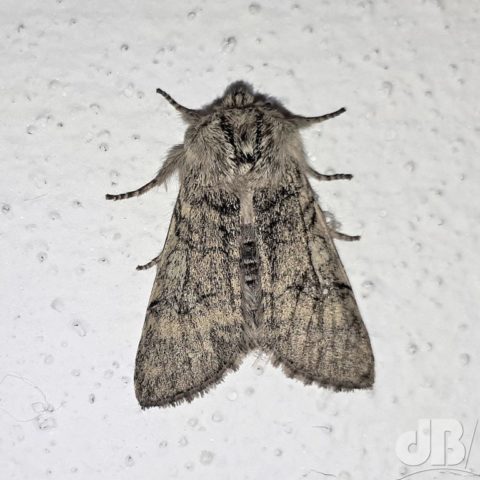It had been a long time since we visited National Trust Dunwich Heath on the Suffolk coast. It’s a beautiful place and aside from a warden or two in the hut there was barely anyone around, we had the place to ourselves, at least for the first hour and a half of our walk.
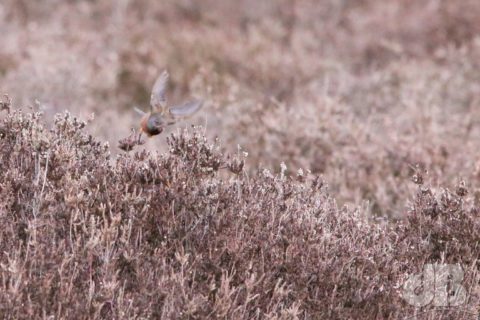
Anyway, we parked up, layered up and set off on one of the mapped out circular walks hoping to catch a glimpse of a Dartford Warbler (Sylvia undata). Amazingly, there were a pair flitting about close to the start of the circuit, too quick to photograph, but not 100 metres up the trail, we could see at least three more, and we inched forward, not straying from the footpath, of course, and I got a few snapshots.
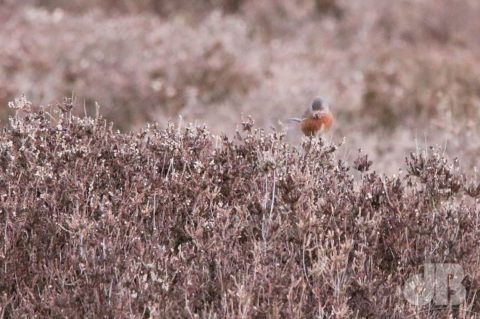
You can think of this UK resident species of warbler as really being a North African bird that stretched its range northwards at some time in the past, on to the Iberian Peninsula and up to the British Isles. It can be found in Wales, the South West and in Suffolk (there are thought to be 37 pairs on Dunwich Heath). You occasionally see them on the northern perimeter of neighbouring RSPB Minsmere (seen one once there) and further up the coast on the outskirts of Dunwich Village itself. We didn’t see any more after the initial lucky burst of five or so. But, we did see quite a few Goldcrests and Treecreepers further up the trail and the usual mix of woodland/garden birds, Long-tailed, Great, Blue Tits, Robins, Blackbirds etc.
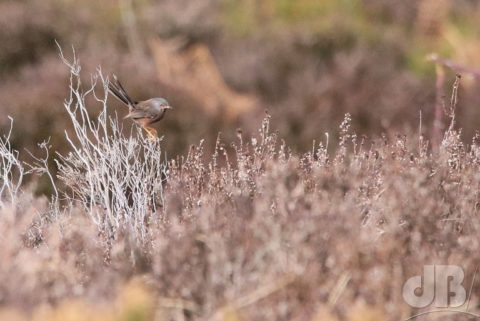
In the notoriously cold winter of 1962/1963, so I am told, the cold killed off most of the UK’s Dartford Warblers; they are very sensitive to the cold. There were ten left and the current population, which amounts to some 3000 territories is quite an astonishing recovery.
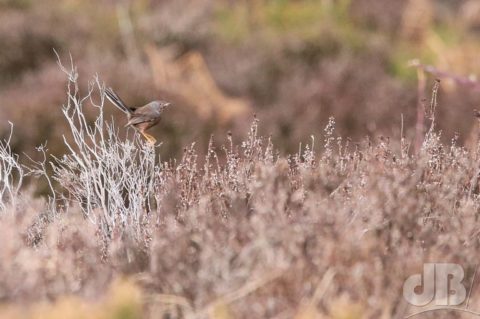
Incidentally, the name of this bird has a rather uncomfortable etymology. Back in less enlightened times ornithologists generally studied new bird species by shooting them and then examining and reporting on them, rather than netting them, ringing them, and setting them free. Two specimens of what eventually became known as Sylvia undata were shot in April 1773 on Bexley Heath near Dartford in Kent. They were examined and described by Welsh naturalist Thomas Pennant.
As a footnote, when we got back to base to use the facilities before heading off to RSPB Minsmere (me in the car, Mrs Sciencebase on foot with the pooch), there were four moths showing well in the gents– three Dotted Border (Agriopis marginaria) and a (new to me) Yellow Horned (Achlya flavicornis), pictured below.
